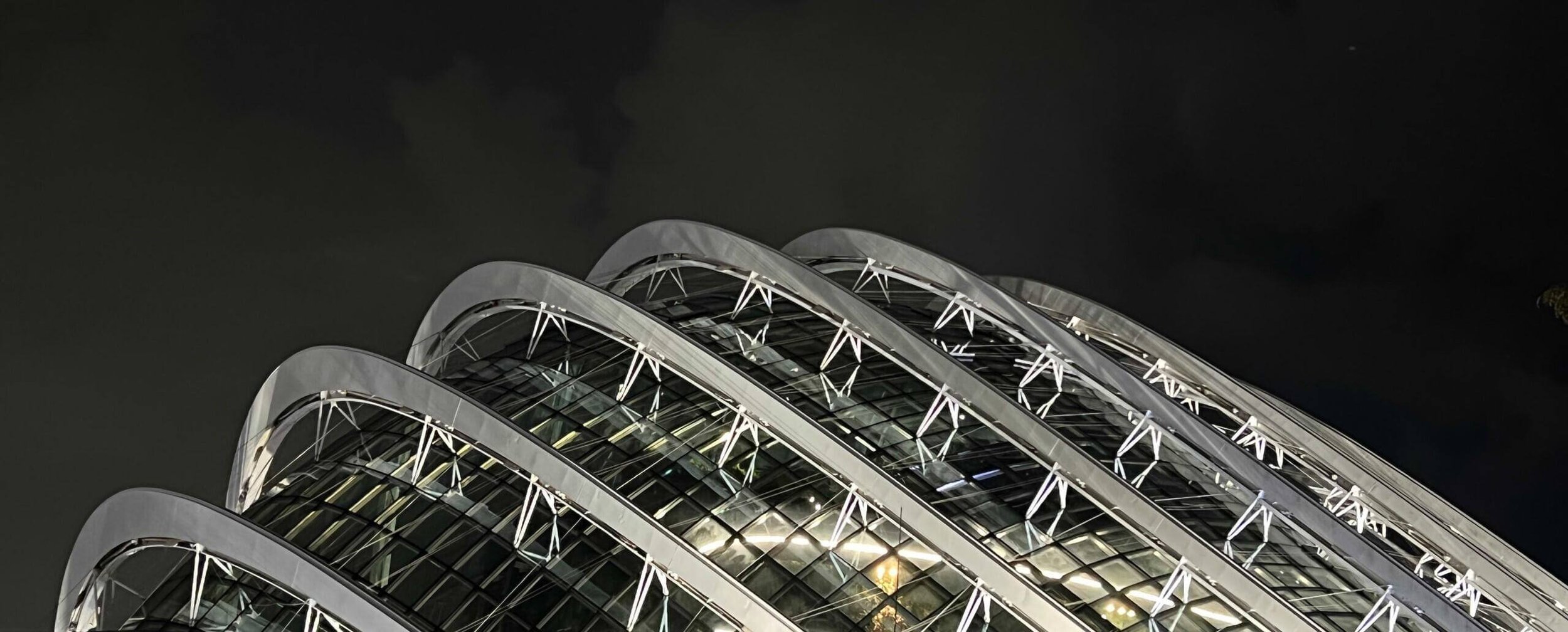Nightmare on Gore Street
The Gore Street Apartment judgement released in March 2024 will give 390 apartment owners and 13 commercial premises owners little hope for eventual success or even an end to the costly process that has already been going for over a decade. The trial involved a 5 month hearing and the judgement reports hearing from 55 experts. This is the latest judgement, in a new trend where home owners have had disappointing outcomes in litigation, that may have been oversold to them.
In March 2014 High Court proceedings were issued against parties claimed to be responsible for defects in the Gore Street 40 level apartment building. There were 35 defects alleged, including 31 related to weathertightness, 3 for fire ratings and 1 structural. The claimed quantum was just over $11M.
By 2018 the defects had diminished to only 13 but by the time trial arrived the quantum had exploded to around $122,000,000 in repair costs and $157,000,000 in total. There must have come a time where owners thought that they had to continue with the litigation because they were told that the defects needed to be fixed, and the cost was either not reasonably their cost to bear or beyond their ability to pay.
Most of the defects were expressed as a failure to comply with recognised good or best practice rather than an actual failure to comply with the building code. That should be a red flag warning, but I will resist talking about the defects as this article is about how this process must look and feel for owners.
The 13 defects surviving to trial comprised of, 4 on fire rating, 3 on structure, 4 on external moisture and, 2 on internal moisture. It is significant that the liability and quantum portions of the trial have been split so the 2024, 469 page judgement is only about liability. This means that the parties and the Court have agreed to address who should be liable for the defects in stage 1 of the trial and the cost to remedy those defects is not addressed until a separate and later part 2.
On liability only, the outcome has been mixed.
Of the 13 claimed defects, 4 were found to be not actionable defects, 1 was partly actionable and 4 were time barred. Overall, 6 of the 13 defects were successful.
| Category | Success | Proportion of Success |
|---|---|---|
| Waterproofing | Defects 8, 10,11 and part 13 | 4 of 6 claimed |
| Fire | 1 and 7 | 2 of 4 claimed |
| Structure | nil | 0 of 3 claimed |
So, after 10 years of paying for lawyers and experts, the owners have only had partial success. The judgement has been appealed and will be heard later in 2025. Lawyers will then assess whether there are grounds for seeking to appeal the Appeal Court Judgement to the Supreme Court. Then there needs to be another trial on quantum and then possibly a further judgement on allocation of trial costs.
As multiple defects have been found to be not actionable or out of time a $122M outcome seems unlikely. If this continues on the current path, owners may get some relief sometime after 2027, at least 13 years after starting, but the cost of the process is possibly similar to the cost of the remedy. Whether owners will achieve a net financially positive outcome is unclear.
Some may say this is a failure of the process, as litigation is too expensive and takes too long for individuals and even many businesses to afford. I see this as a failure of the experts as there are now a range of cases that have been down a similar path of claimed defects or repair methods being unsuccessful in Court. Lawyers should be wary of building experts work and have it thoroughly and independently reality tested before embarking on a long and expensive litigation process.

